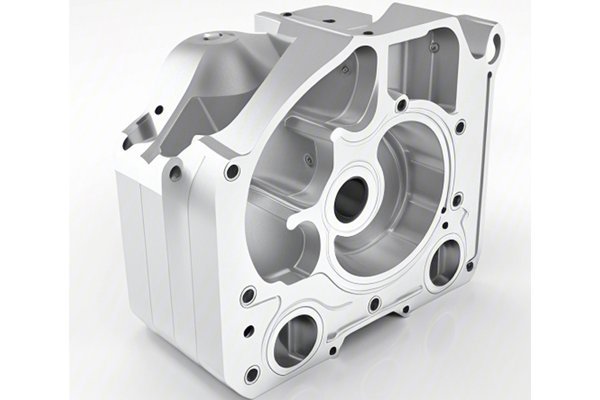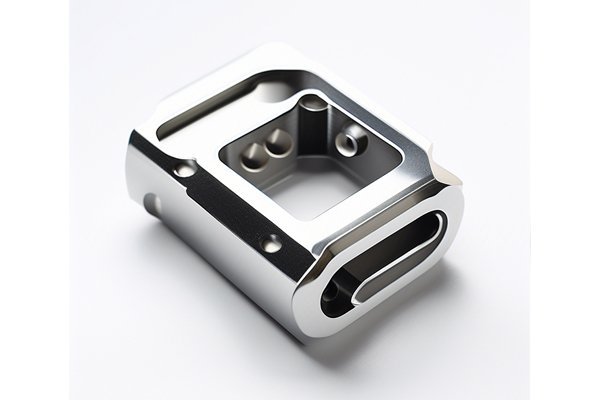Did you know that companies employing CNC (Computer Numerical Control) machining can decrease their production cycle times by as much as 75% while achieving unparalleled precision? This statistic is a real game-changer for manufacturers looking to stay competitive in today’s fast-paced marketplace. With the right combination of technology, software, and methodical processes, CNC machining can not only turn around high-quality parts faster but also improve overall business efficiency.
In this blog, we will explore how CNC machining technology can effectively shorten production cycles while simultaneously maintaining quality standards. We’ll delve into various strategies, technological advancements, and best practices that manufacturers can implement to streamline operations. Whether you are a seasoned professional or new to the CNC machining world, you’ll find valuable insights to elevate your production processes.
Understanding the Basics of CNC Machining
Before diving into how CNC technology can enhance production efficiency, it’s crucial to understand what CNC machining entails. At its core, CNC machining is a manufacturing process that uses pre-programmed software to control the movement and operation of machinery such as lathes, mills, and routers. The most significant benefits of CNC machining are its precision, repeatability, and ability to work with various materials.
Key Components of CNC Machining
The Importance of Short Production Cycles
In a rapidly evolving market, a shortened production cycle means quicker turnaround times, which can lead to faster delivery of products to customers. This prompt response to market demands is not just beneficial but often essential for survival in highly competitive industries. However, balancing speed with quality can be challenging. Next, let’s explore actionable strategies for achieving this balance through CNC technology.
Strategies for Shortening Production Cycles with CNC Machining
One of the most effective ways to enhance productivity is to invest in the latest CNC machines equipped with advanced features. Modern CNC machines offer higher speeds, better accuracy, and enhanced reliability. Features such as multi-axis capabilities allow for more complex parts to be produced in fewer setup steps.
Benefits:
Incorporating automation and robotics into CNC machining can streamline processes by reducing human intervention. Automated loading and unloading systems, alongside robotic arms, can enhance workflow efficiency by handling repetitive tasks.
Benefits:
Digital twin technology is a virtual representation of a physical system. In the context of CNC machining, this can mean creating a digital model of the machining process to simulate various scenarios.
Benefits:
Cutting down production cycles is often a matter of optimizing the CNC programming process. By specifying the most efficient toolpaths and minimizing unnecessary machine movements, manufacturers can significantly reduce machining time.
Benefits:
The combination of CNC machining and additive manufacturing (3D printing) can lead to significant reductions in production cycles. This hybrid approach allows for complex geometries to be created faster and with less material waste.

Benefits:
Embracing a philosophy of continuous improvement, often referred to as Kaizen, can help organizations iteratively refine their machining processes. Regular evaluations and adjustments can foster a culture of excellence.
Benefits:
Lean manufacturing focuses on minimizing waste while maximizing productivity. By applying these principles to CNC machining, companies can eliminate unnecessary steps and resources within the production process.
Benefits:
Quality Control in CNC Machining
While focusing on decreasing cycle times, maintaining quality standards is paramount. Below are various quality control measures that work hand-in-hand with the strategies mentioned above:
Utilizing IoT (Internet of Things) technology allows for real-time monitoring of CNC machines. By collecting data on machine performance and product quality, manufacturers can make informed adjustments as needed.
Benefits:
Regular maintenance schedules ensure that machinery operates at peak efficiency. Additionally, calibrating machines will help maintain the precision required for high-quality outputs.
Benefits:
Integrating comprehensive quality assurance protocols, such as ISO certification, can solidify a company’s commitment to producing high-quality products. These standards operate as guidelines for manufacturers to uphold quality.
Benefits:
CNC machining technology presents a promising landscape for manufacturers looking to shorten production cycles without compromising quality. By leveraging advanced equipment, automation, digital technology, and lean methodologies, businesses can significantly enhance their manufacturing processes.
As we’ve explored in detail, marrying speed with quality is not just a dream; it’s an achievable reality through deliberate strategies and innovations. As competition grows fiercer and customer demands evolve, the ability to deliver high-quality products in shorter timeframes will undoubtedly be a vital success factor for any company.
In summary, the principles discussed in this blog are not just pivotal for efficiency; they represent a necessary evolution in manufacturing. As you reflect on these insights, consider how implementing such strategies could transform your operations and position you for long-term success in a dynamic marketplace. Always keep in mind: the intersection of technology and quality is where the future of CNC machining lies.






